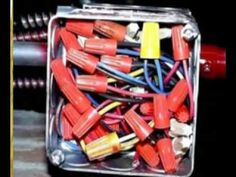tiltrider1
Guru
- Joined
- Aug 2, 2017
- Messages
- 4,346
- Location
- Pacific North West
- Vessel Name
- AZZURRA
- Vessel Make
- Ocean Alexander 54
So some years ago 12v wiring standards changed from red/black to red/yellow. My boat was built during the red/black years. The marine stores all continue to sell red/black as well as red/yellow. I am just OCD enough that I can’t bring my self to mix the new standard with the old standard on my boat.
What is the general opinion? Stay consistent or start the change over?
What is the general opinion? Stay consistent or start the change over?


